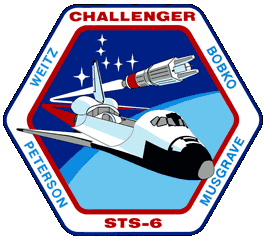Learn About Space Shuttle Challenger
The Shuttle That Disintegrated
The Space Shuttle Challenger was the second Shuttle NASA put into service, with its maiden flight occurring on April 4, 1983. Challenger completed 9 missions, but during the launch of its 10th mission it dramatically broke up after 73 seconds due to a leaking Solid Rocket Booster seal which caused the External fuel Tank to rupture resulting in the deaths of its 7 crew members.
Interesting Facts About Challenger!
- The name Challenger came from the British command ship HMS Challenger which lead the Challenger Expedition, an early global marine research expedition which sailed from 1872 through 1876. It was also the name of the final lunar module that landed on the moon in 1972.
- Challenger started life not as a shuttle, but as a Structural Test Article (STA-099) but was later converted to a fully fledged Orbiter, hence how it gained its official call sign OV-099.
- The construction was complete and delivery made to Kennedy Space Center in July 1982 with its first flight 8 months later in March 1983.
- After its first flight in April 1983, the second Shuttle to launch, Challenger soon became the workhorse of NASA's Space Shuttle fleet even when the orbiters Discovery and Atlantis joined the fleet. During 1983 to 1985 Challenger would fly up to three missions a year, at the time this was considered a rapid turnaround for the newly introduced reusable space plane!
- The orbiter also clocked up some firsts for the Shuttle program, it flew the first American women, African-American and performed the 1st spectacular nighttime launch and the first landing of a Space Shuttle.
- However, It wasn’t all firsts and groundbreaking firsts as on account of the early loss of Challenger it was one of the two shuttles that didn’t visit either the Mir Space Station or International Space Station.
- On the cold January morning of Challenger’s 10th launch in 1986 (STS-51L), the orbiter broke-up 73 seconds into flight. It was revealed that due to the cold, the o-rings sealing a lower section of the left Solid Rocket Booster (SRBs) failed, which directed hot gases onto the Orbiters External fuel Tank which was full of liquid hydrogen and oxygen causing it to rupture. Challenger then suffered from extreme aerodynamic loadings which caused the shuttle to break-up and likely resulted in the deaths of the 7 astronauts as they hit the sea over 2 minutes later.
- What debris that was collected as part of the search and investigation has now been buried in a decommissioned missile silo nearby. One particularly important section of the fuselage bearing the American flag from Challenger can be viewed at the “Forever Remembered” memorial at the Kennedy Space Center Visitor Center.
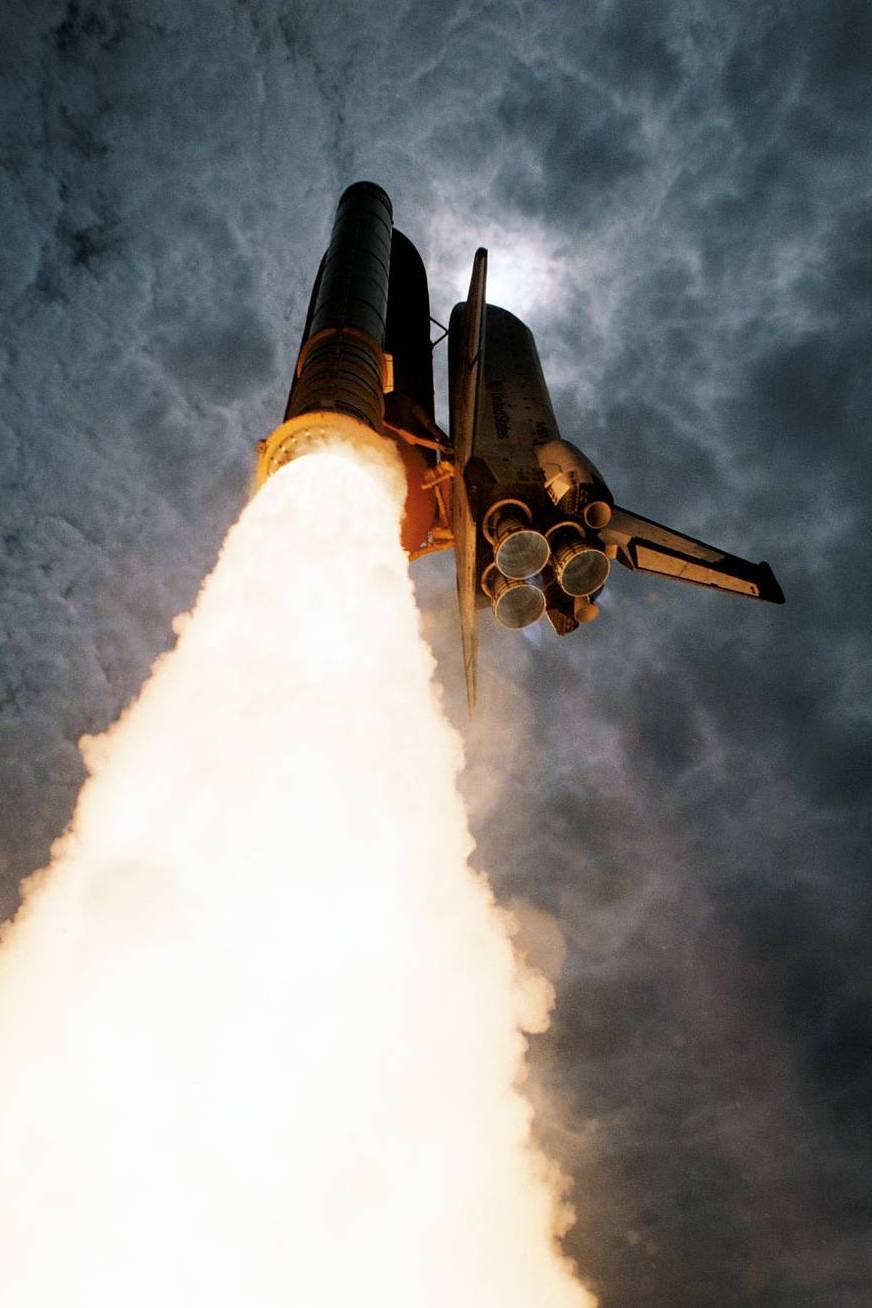
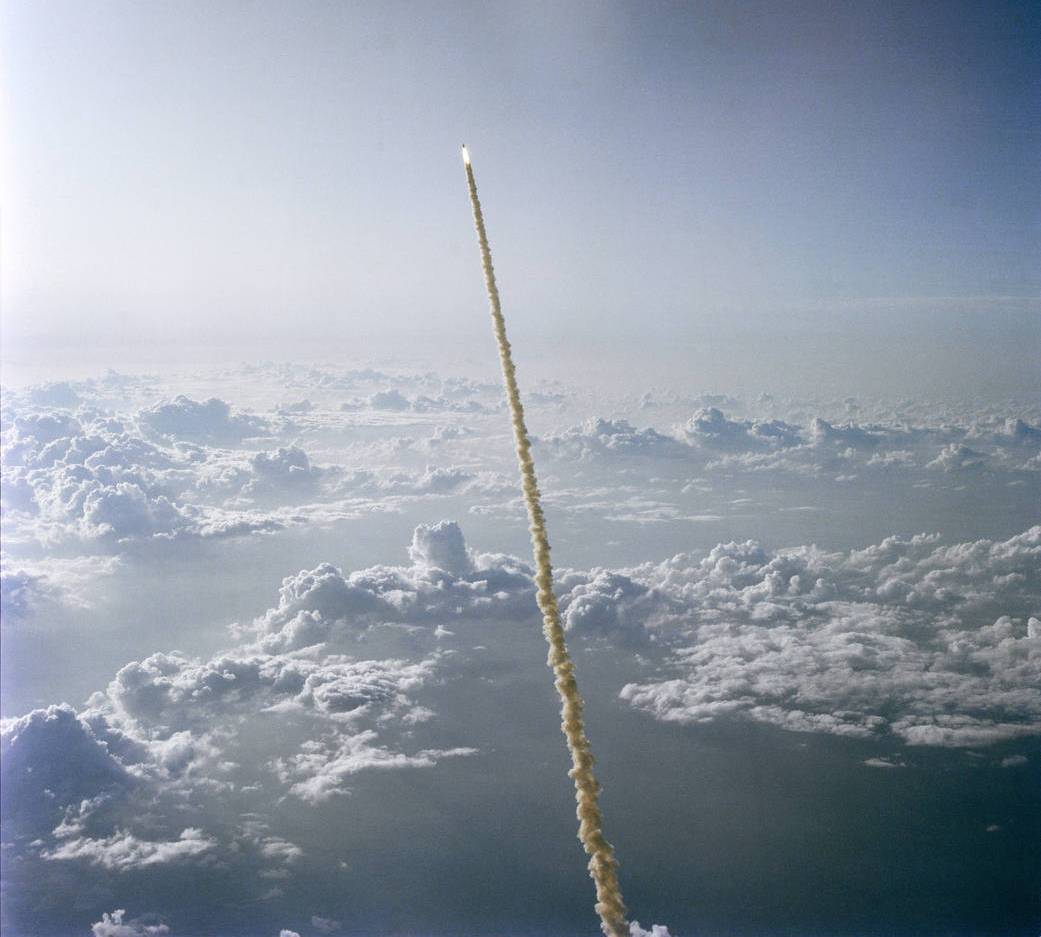
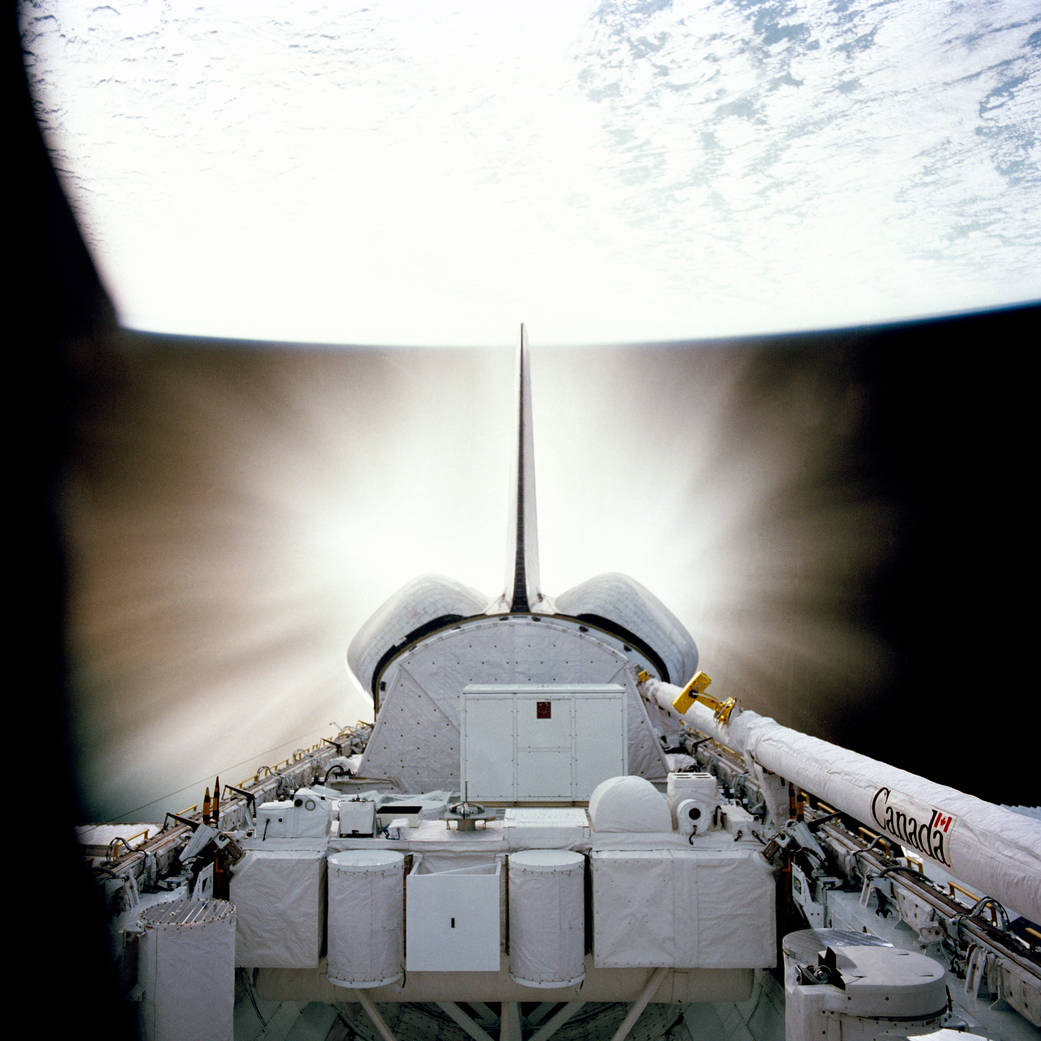
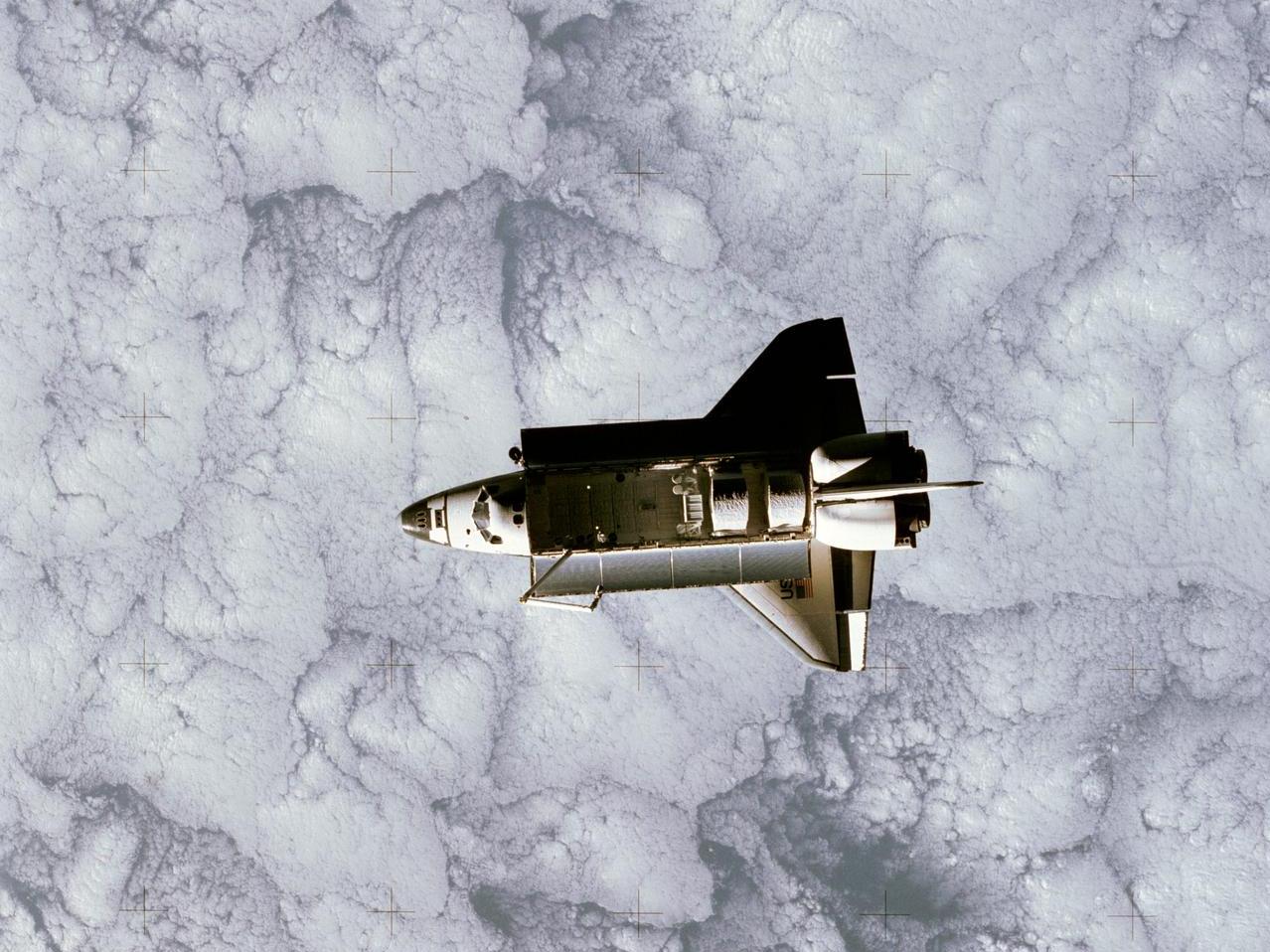
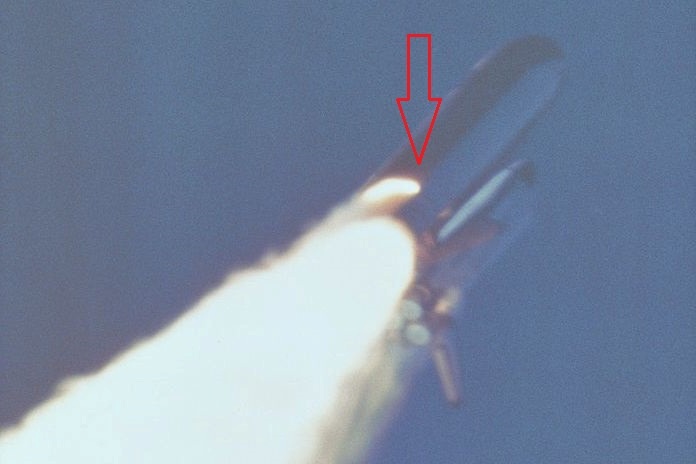
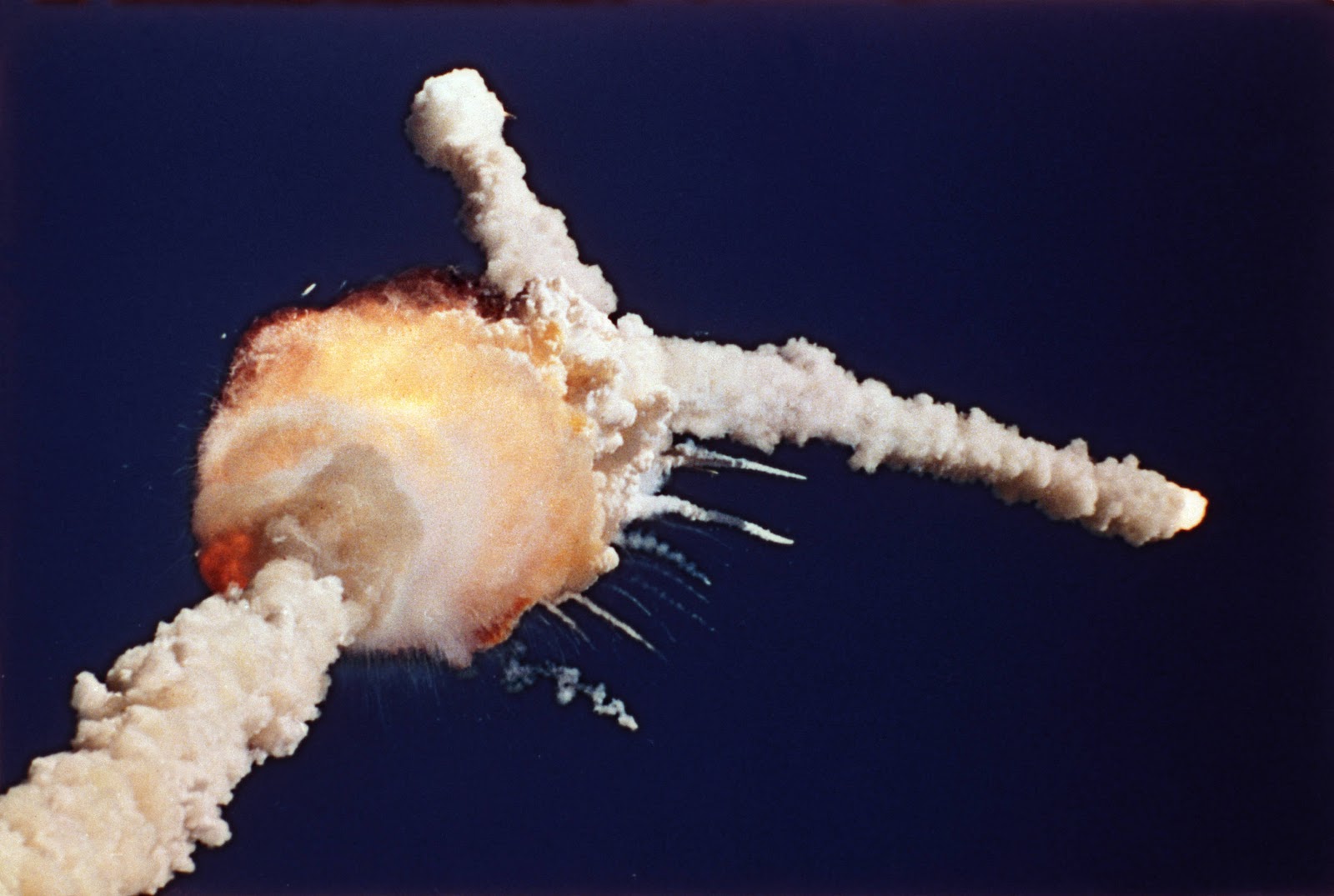
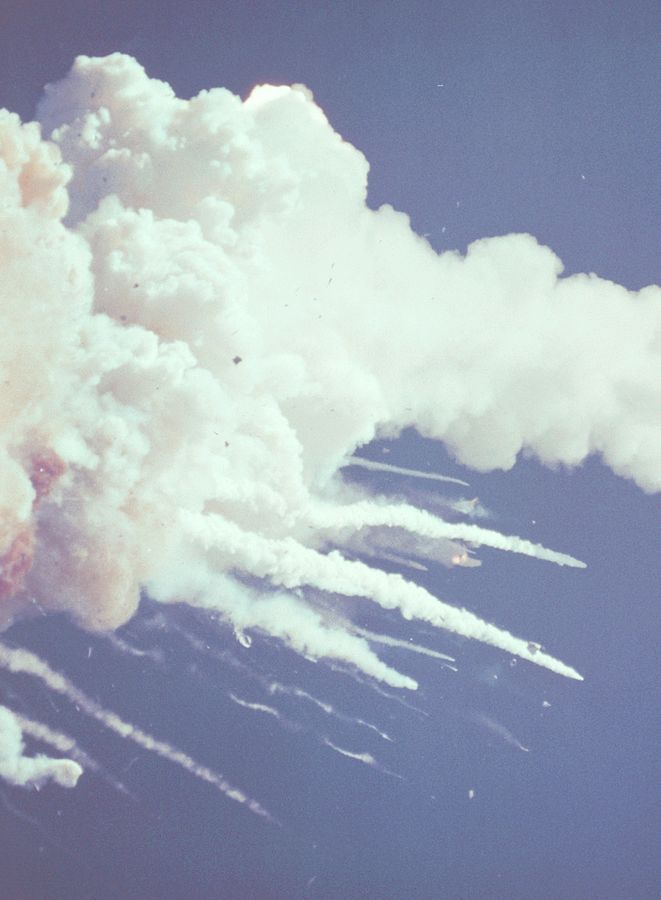
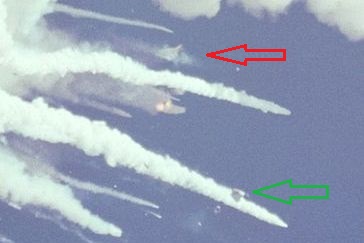
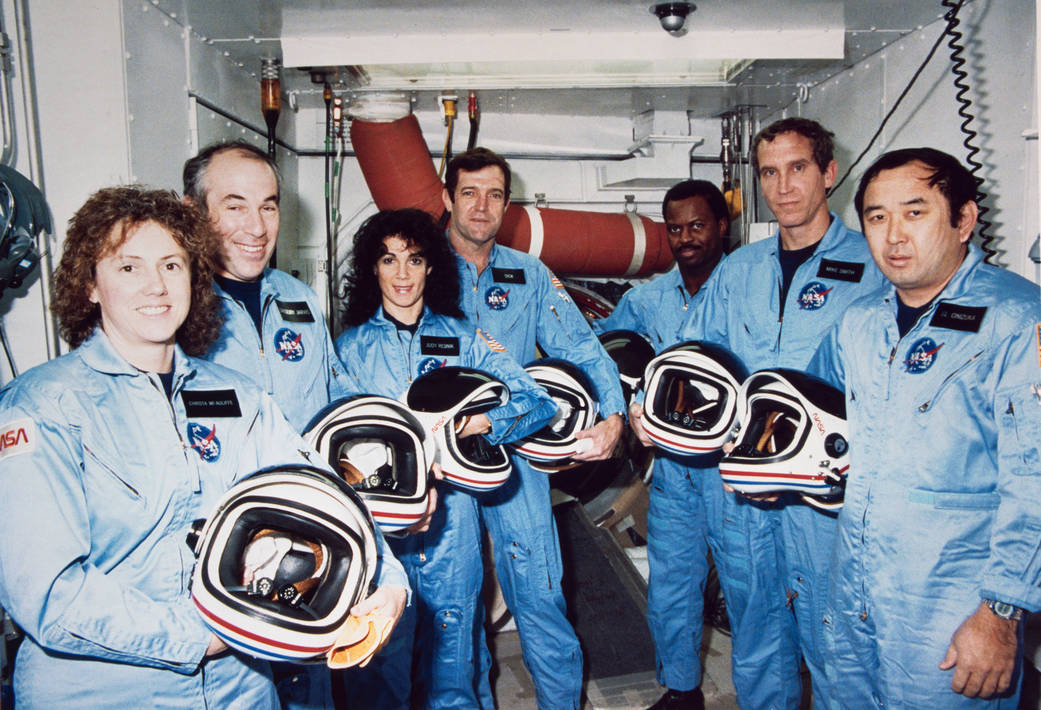
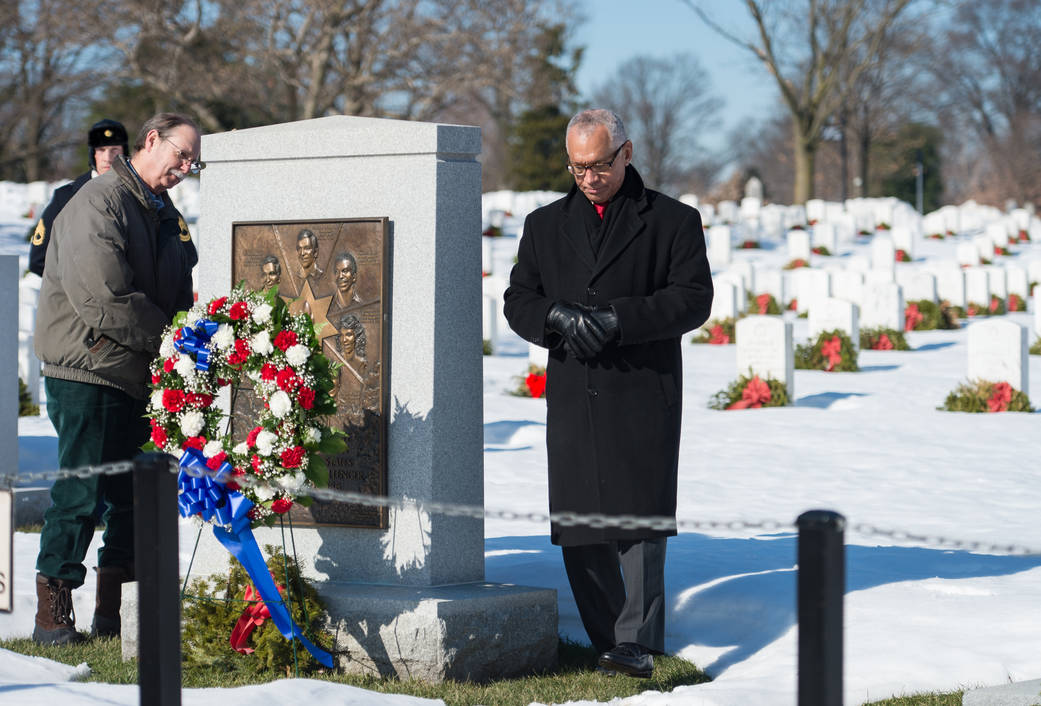
Challenger Lift Off
Challenger Mission STS-7
After Glow
Challenger in Orbit
Rocket Booster Plume
Shuttle Explosion
Challenger Breakup
Recognizable Sections
The lost 7
Day of Remembrance











